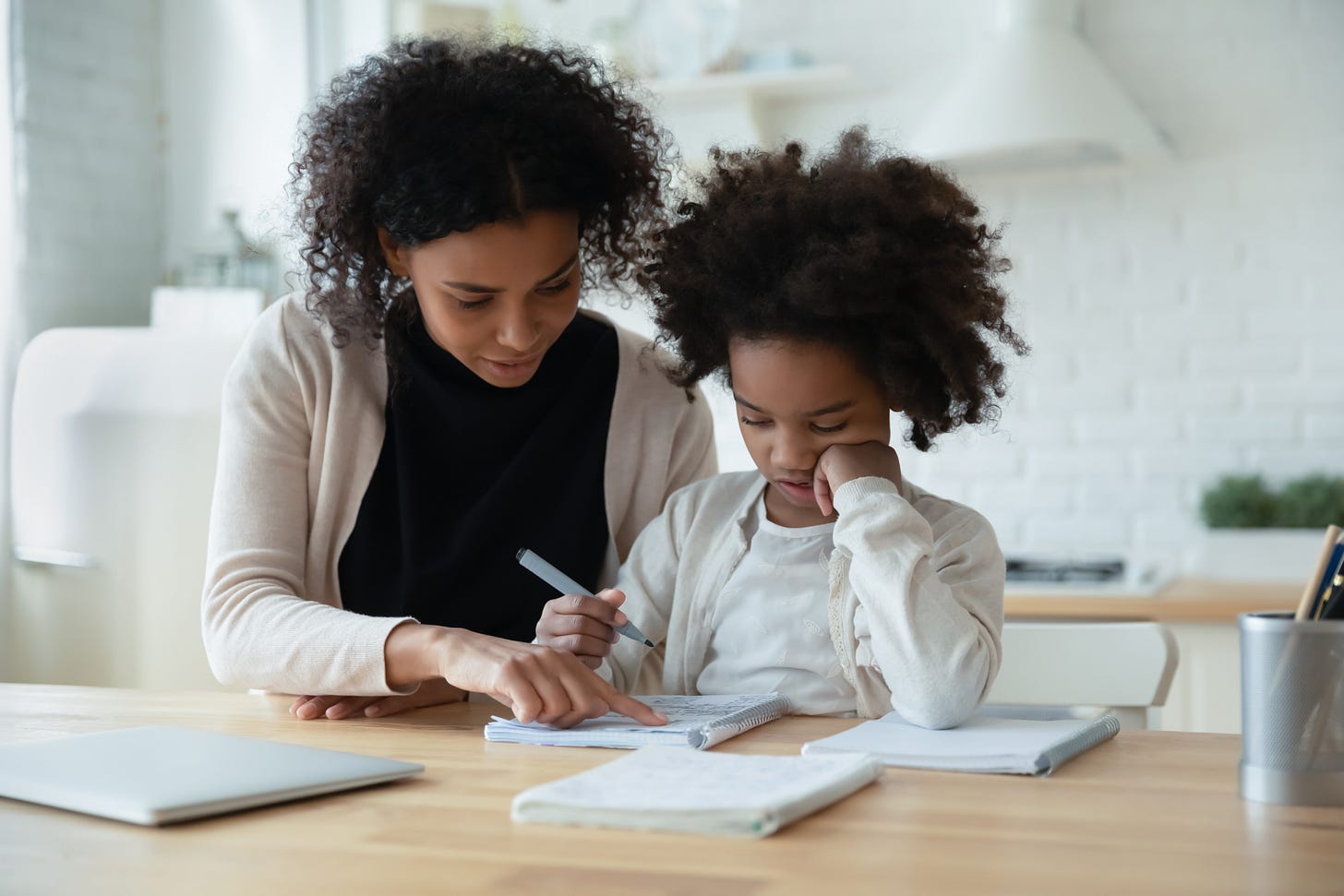18 months into pandemic, Catholic homeschooling is on the rise
News: Catholic education
Eighteen months since the World Health Organization declared COVID-19 to be a global pandemic, homeschooling programs and many Catholic schools have seen above-average enrollment numbers compared to years before the pandemic.
It’s not yet clear whether shifts in schooling preferences are here to stay, or whether they will e…

